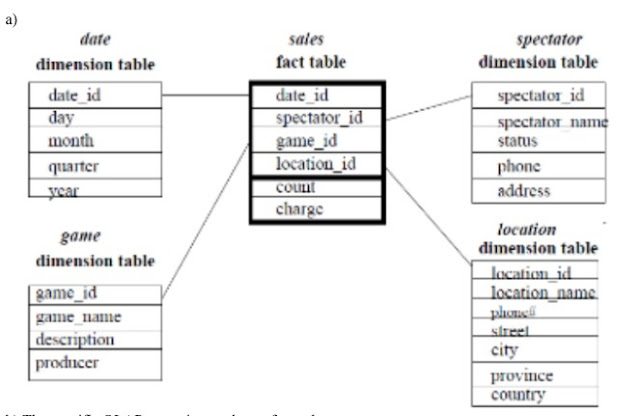Describe how cloud computing technology can be applied to support remote ECG monitoring.
Healthcare: ECG (Electrocardiogram) Analysis in cloud computing
Healthcare is a field, subject, sector, or territory in which information technology has several uses. These apps are being used to aid businesses in supporting scientists in developing disease prevention solutions. Cloud computing has emerged as an appealing alternative for constructing health monitoring systems as a result of the development of the Internet or to put it another way, as a result of the availability of the internet. The ECG machine, for example, is a health monitoring device that measures the human body's heartbeat and prints the results on graph paper.
The electrocardiogram (ECG) measures the electrical activity of the heart's Cardium. A waveform is created as a result of this action, which is repeated throughout time and symbolizes the heartbeat.
- The analysis of the shape is used to identify arrhythmias, and it is the most common way of detecting heart diseases.
- Here the meaning of arrhythmias means "not having a steady rhythm", and "an arrhythmic heartbeat" means a heartbeat that is not in its rhythm.
Now we will let this concept enter into cloud computing.
- Cloud computing technologies allow the remote monitoring of a patient's heartbeat data. In this way, the patient at risk can be constantly monitored without going to the hospital for ECG analysis.
- At the same time, the Doctors can instantly be notified of cases that need their attention.
- In this figure, there are different types of computing devices equipped with ECG sensors to constantly monitor the patient's heartbeat.
- The respective information is transmitted to the patient's mobile device that will immediately be forwarded to the cloud-hosted web services for analysis.
- The entire web service from the front end of a platform that is completely hosted in the cloud consists of three layers: SaaS, PaaS, and IaaS.





Comments
Post a Comment